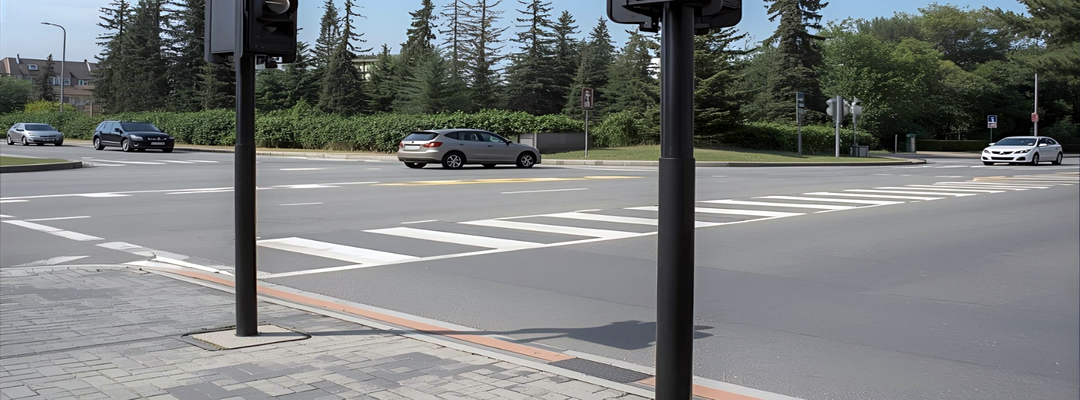Modern roadway safety demands more than legacy materials can deliver. Street signs and poles shape how drivers perceive risk and react in split seconds. When they fail, people get hurt, and cities pay more – financially and socially.
There’s a better path forward. Materials and design have advanced rapidly, and so have expectations for sustainability and safety. It’s time to rethink the backbone of urban signaling with solutions that protect lives without draining budgets.
Why street signs and poles must change
Traditional wood and steel struggle in today’s conditions. Corrosion, weather extremes, and impact forces expose their limits. In a crash, rigid structures transfer violent energy to vehicle occupants, often turning a minor mistake into a life-changing event. That is an unacceptable trade-off for modern streets.
Cities are also measured by their environmental footprint. Conventional poles can be resource-intensive to produce and maintain, multiplying emissions across manufacturing, transport, repainting, and frequent replacements. When you zoom out, the lifecycle cost—both economic and ecological—becomes hard to justify.
How collapsible poles protect people
Collapsible poles are engineered to absorb and redirect energy. Instead of acting like a spear or a wall, they deform or break away in a controlled manner. This reduces peak deceleration, lowers injury risk, and shortens recovery time after incidents. For programs aligned with Vision Zero, collapsible poles offer a measurable safety upgrade for street signs and poles without compromising day-to-day reliability.
Operationally, they simplify response. Crews can clear scenes faster, reopen lanes sooner, and restore sign visibility with fewer steps. Compatibility with common foundations and sign hardware keeps procurement simple, while consistent performance across temperature swings and harsh weather makes them a dependable choice for a range of climates.
Sustainability that doesn’t compromise performance
The strongest momentum today is behind collapsible poles made with recycled plastics. Instead of extracting new raw materials, these solutions convert post-consumer plastics into durable, high-performance structures. That shift cuts embodied carbon, supports circularity, and helps cities meet climate commitments.
Recycled-plastic poles don’t rust, rot, or splinter, which means fewer maintenance cycles and less waste over time.
They resist UV exposure and chemicals, keep signage upright and readable for longer, and avoid the repainting burden that comes with metal and wood. When safer crash behavior meets a lower lifecycle footprint, streets become both kinder to people and lighter on the planet.
Total cost and uptime advantages
Budgets matter as much as ideals. Collapsible poles made from recycled plastics deliver predictable costs over the asset’s life. They last longer, need less upkeep, and are quick to replace after an incident, cutting labor hours and downtime. Fewer severe impacts can also reduce liability exposure and insurance pressures, adding a layer of financial resilience for agencies.
In practical terms, this is a spend-smarter strategy: fewer truck rolls, fewer emergency calls, fewer disruptions, and a steadier line on maintenance forecasts.
The takeaway
Street signs and poles are quiet workhorses, but they don’t have to be rigid, resource-heavy, and risky.
Collapsible poles built from recycled plastics offer higher safety, stronger sustainability, and better economics – all in one upgrade.
To explore certified, eco-efficient options and request a tailored quote, contact Ecoposte, a leader in recycled, low-emission solutions with international recognitions such as the CE mark, the ABNT Green Seal, and a verified low-carbon footprint.

